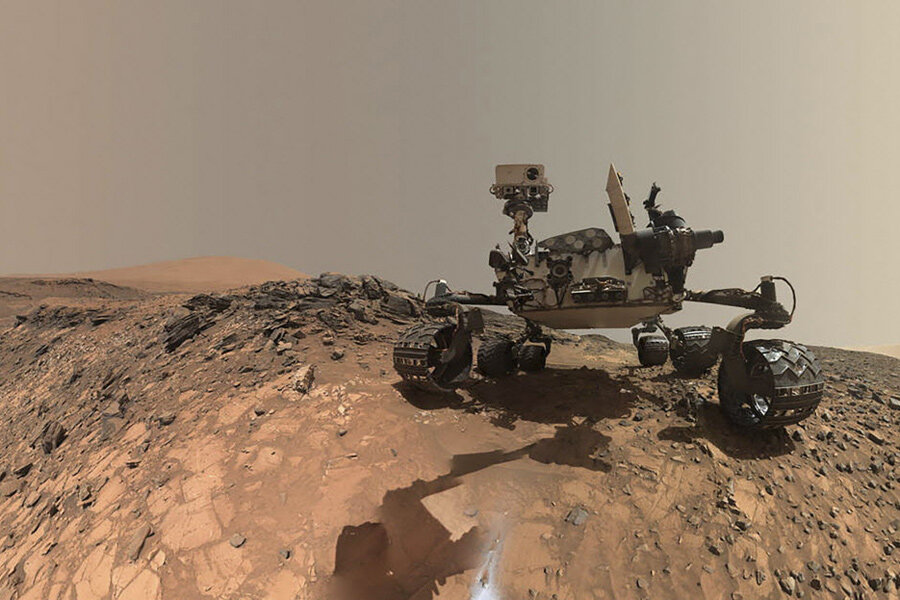Matt Damon joins NASA – at least for his next movie
Loading...
| Pasadena, Calif.
When Matt Damon needed to play an astronaut stranded on Mars, he and director Ridley Scott were able to turn to U.S. space agency NASA to make the extreme circumstances of "The Martian" as scientifically accurate as possible.
"We're kind of on the cusp of being able to do everything that happens in the movie," Damon told Reuters, speaking of space exploration.
"With the right funding and the right attention, these are the kinds of things that we will be exploring in the very near future and this is going to be a part of our kids' lives."
"The Martian," based on Andy Weir's 2011 novel of the same name, follows Astronaut Mark Watney (Damon) who is stranded on Mars after his team, led by actress Jessica Chastain's Captain Lewis, presume he is dead in the aftermath of a powerful Martian storm.
With no means of communicating and the next manned mission to Mars four years away, Watney tries to survive on the deserted lands of Mars, using his skills as a botanist to grow food using Martian soil.
On Wednesday, Fox released the second trailer for the film, which highlighted Watney's determination to survive on Mars as well as his dry wit, while unknown to him, the National Aeronautics and Space Administration must decide whether to try to rescue him.
"(Weir) really got this guy with this great sense of humor, really smart and really capable guy, but somebody who has that great kind of gallows humor that people who do this kind of work tend to have," Damon said.
To mark the release of the trailer, Fox hosted an event on Tuesday with Damon at NASA and its Jet Propulsion Laboratory in Pasadena, California, which specializes in planetary science and launched the Mars Curiosity rover in 2011.
Journalists were given tours of the facilities and given explanations why "The Martian" could reflect how humans could live on Mars in the near future.
"As soon as Ridley contacted us and we recognized that he wanted to paint that really accurate picture, it was easy for us to endorse the movie and then provide whatever kind of consultation and advice he needed to be able to execute on it," said Jim Green, director of NASA's planetary science arm.





